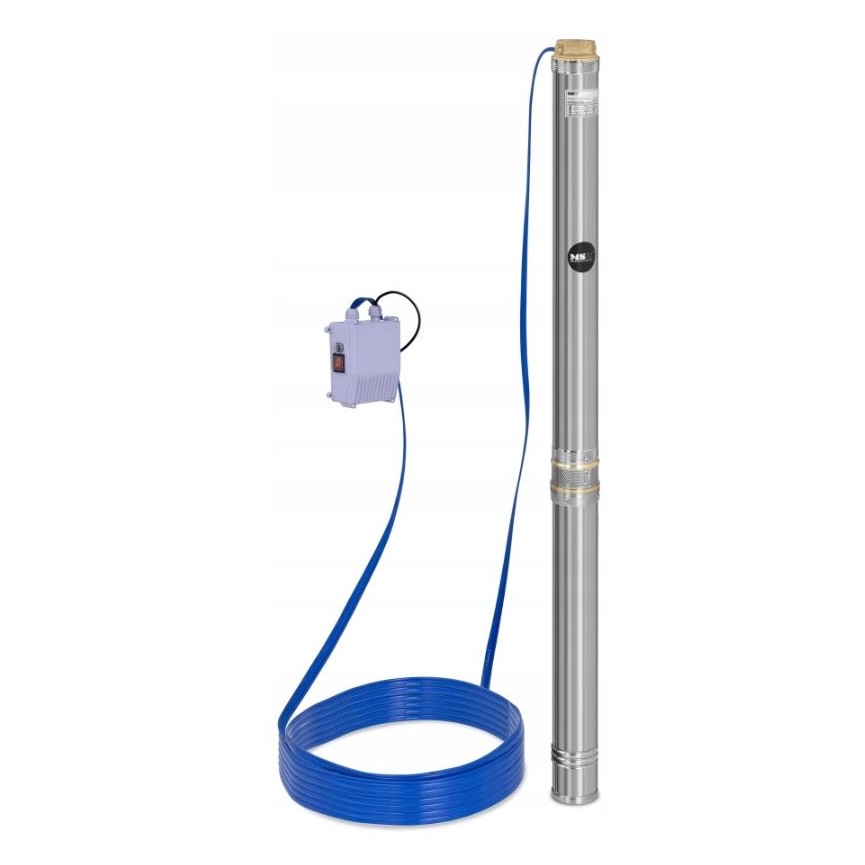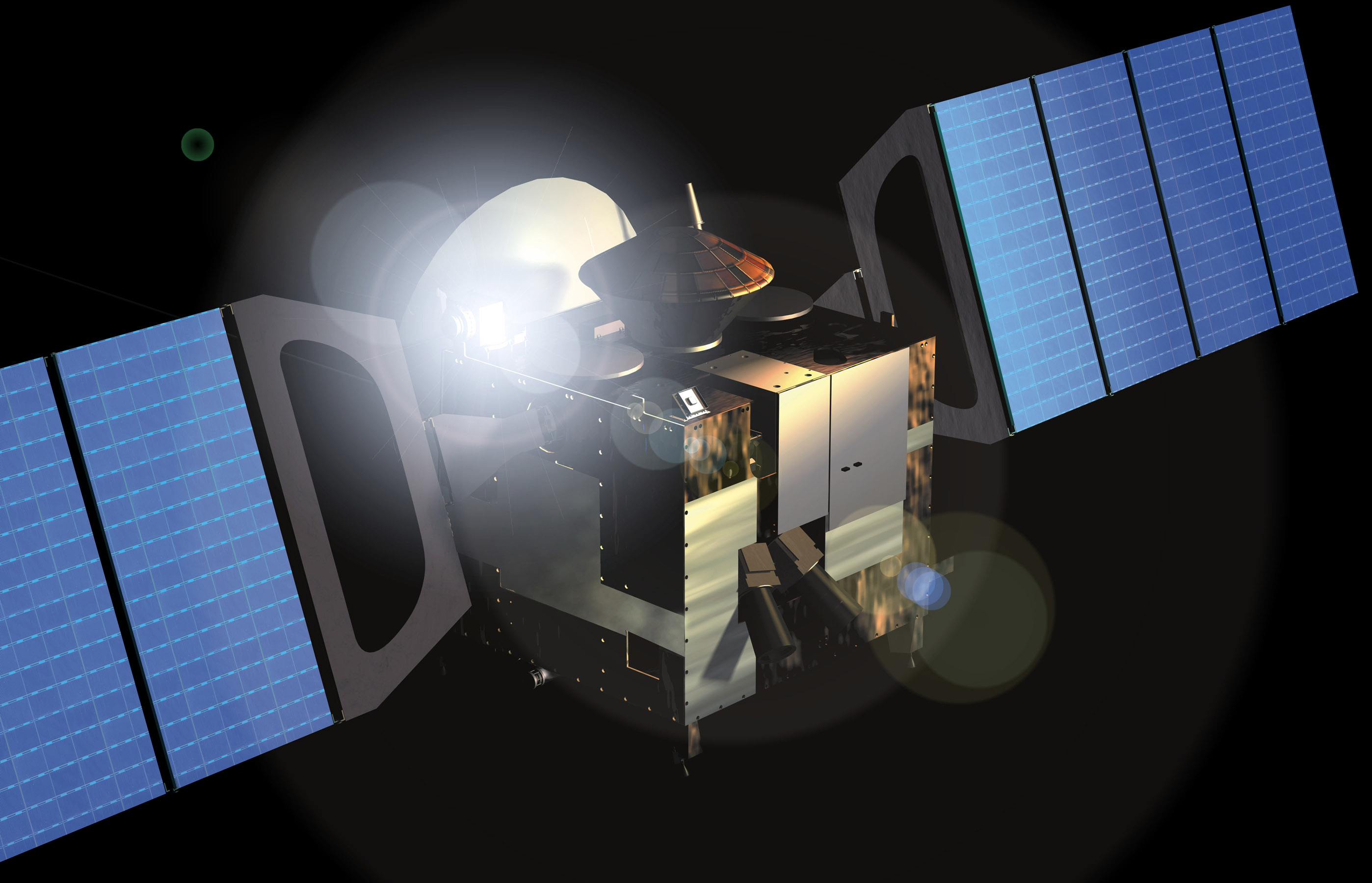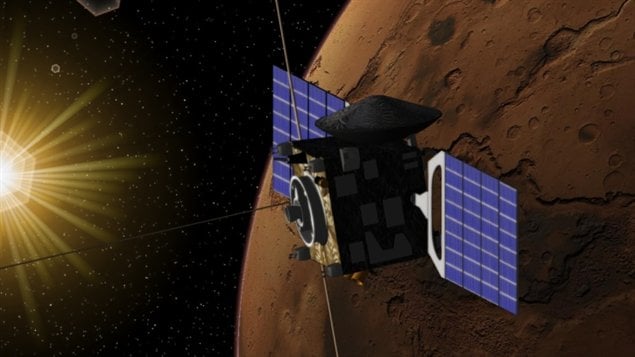Spacecraft design The lessons learnt from the Mars Express mission
5 (686) · € 25.00 · En Stock
Download scientific diagram | Spacecraft design The lessons learnt from the Mars Express mission, with its Beagle Lander, indicated that a landing mission without an active propulsion system has a high degree of risk in losing the mission. This seems to be the case for the Beagle descent mission. Based on this assumption, ESA decided to investigate two landing philosophies, thus: 1. Solid rocket motor braking manoeuvre, supported by a liquid propulsion system with capsuled airbag solution 2. Soft landing with liquid propulsion and a lower floor airbag damping system. from publication: Propulsion Technologies -Present Status and Future Needs for Exploration | Propulsion is an indispensable element for all future space challenges. European concentration in the last 30 years in this sector was focused mainly on launcher and satellite propulsion applications. Now, Europe's future view for exploration on the Moon and Mars missions | Propulsion, Europe and Robotics | ResearchGate, the professional network for scientists.

LECTURES Keck Institute for Space Studies

Magellan Spacecraft Structure, Mission & Discoveries on Venus
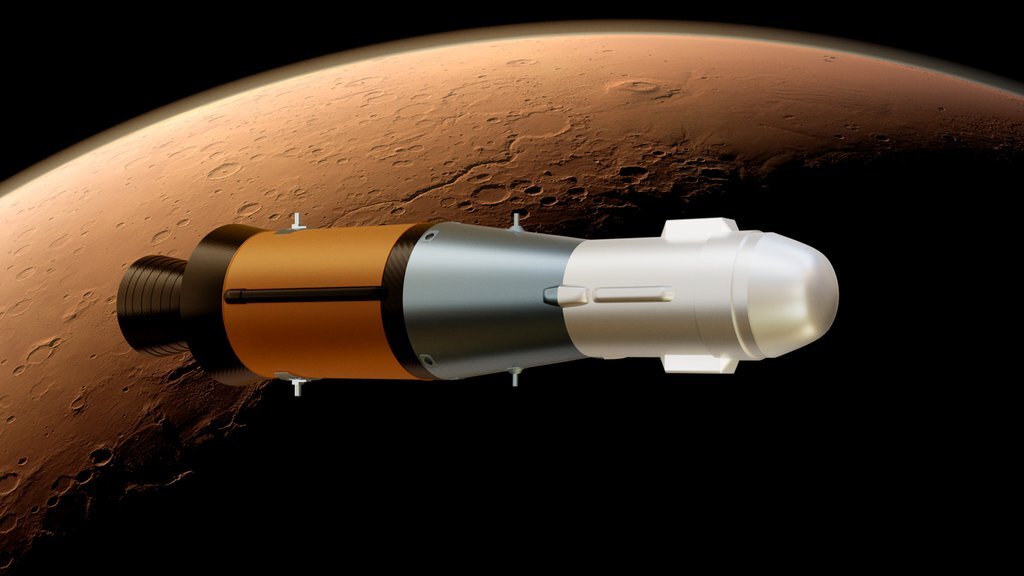
Meet the project manager working to develop the rocket that will

Red Planet Retrospective: NASA's 30-Year Mission to Mars - Bloomberg
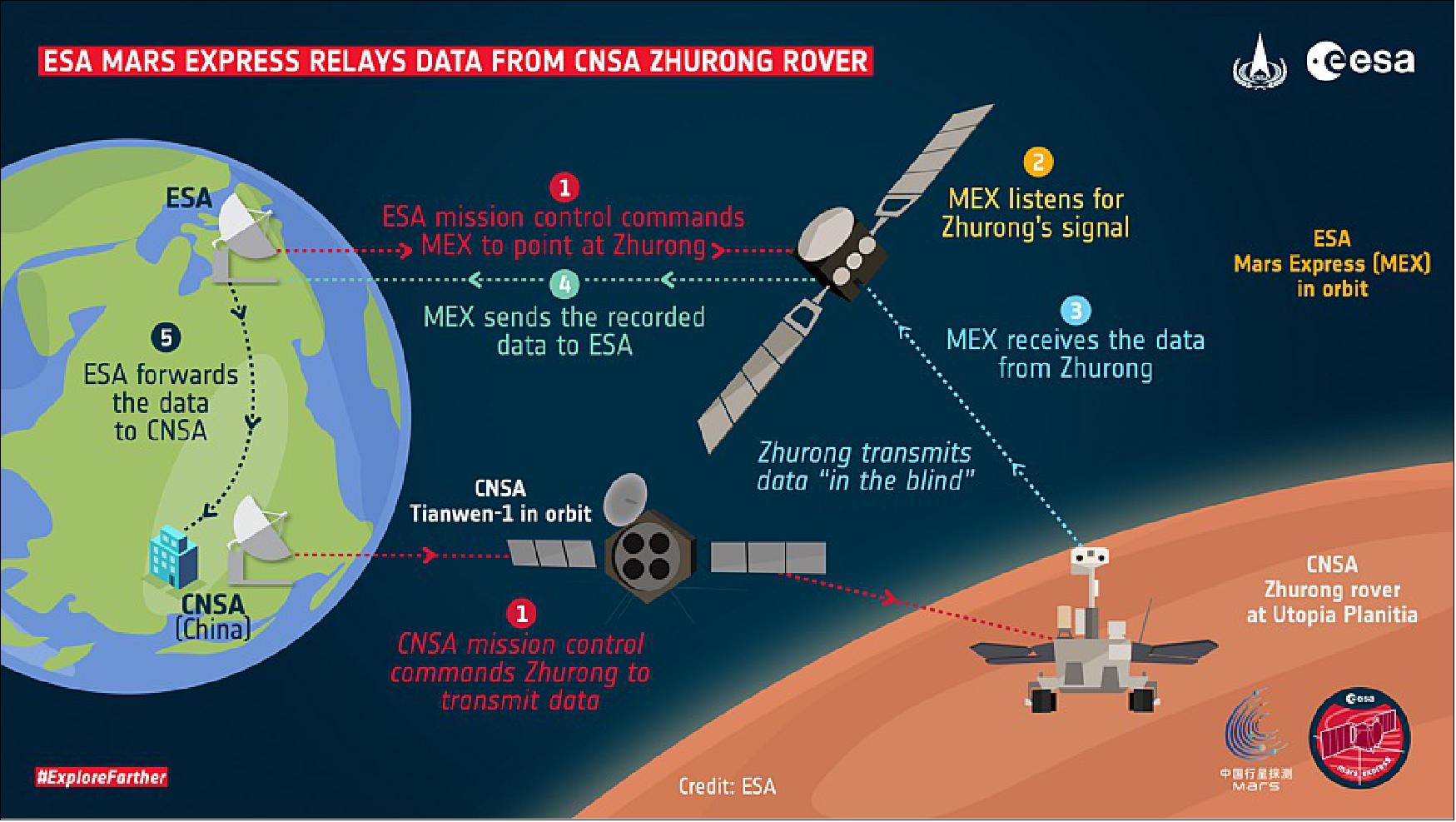
Mars Express - eoPortal

NASA found a long lost British spacecraft on Mars
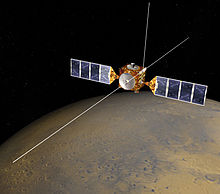
Beagle 2 - Wikipedia
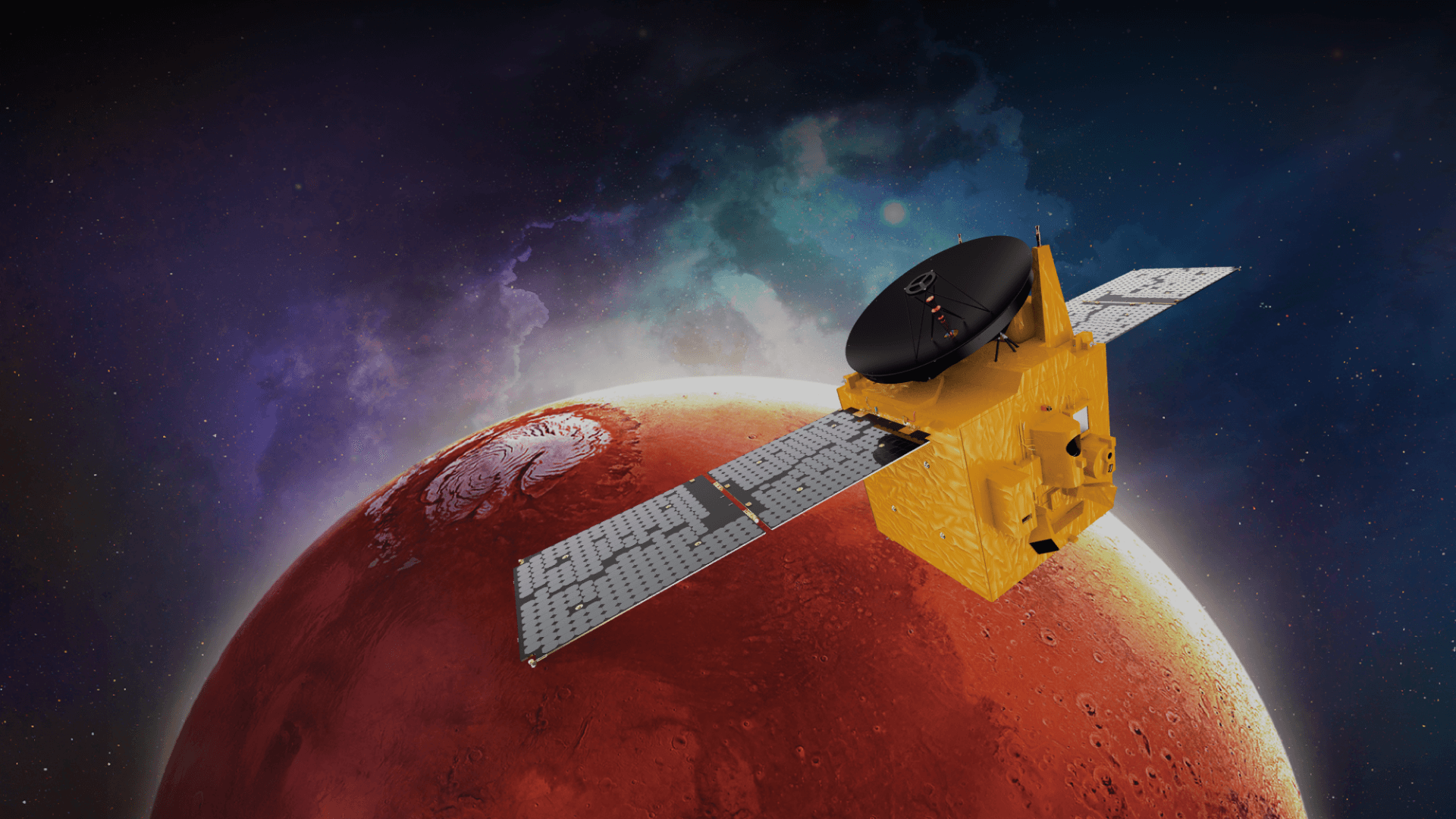
Emirate Mars mission: The Hope probe is a milestone for the UAE

ESA - Mars Express successfully powers through eclipse season
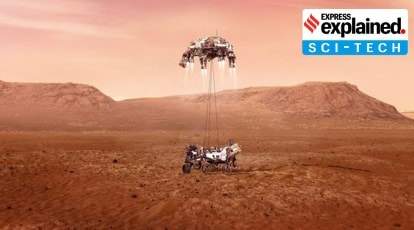
Explained: With NASA's Perseverance and China's Tianwen-1, a
How long would it take to get to Mars with current technology if

Get Me Off This Planet - Lesson - TeachEngineering
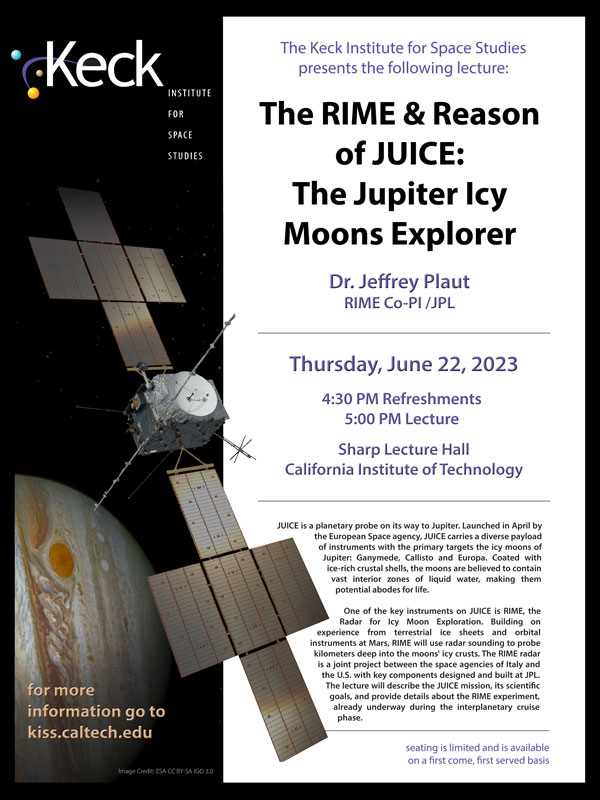
LECTURES Keck Institute for Space Studies



